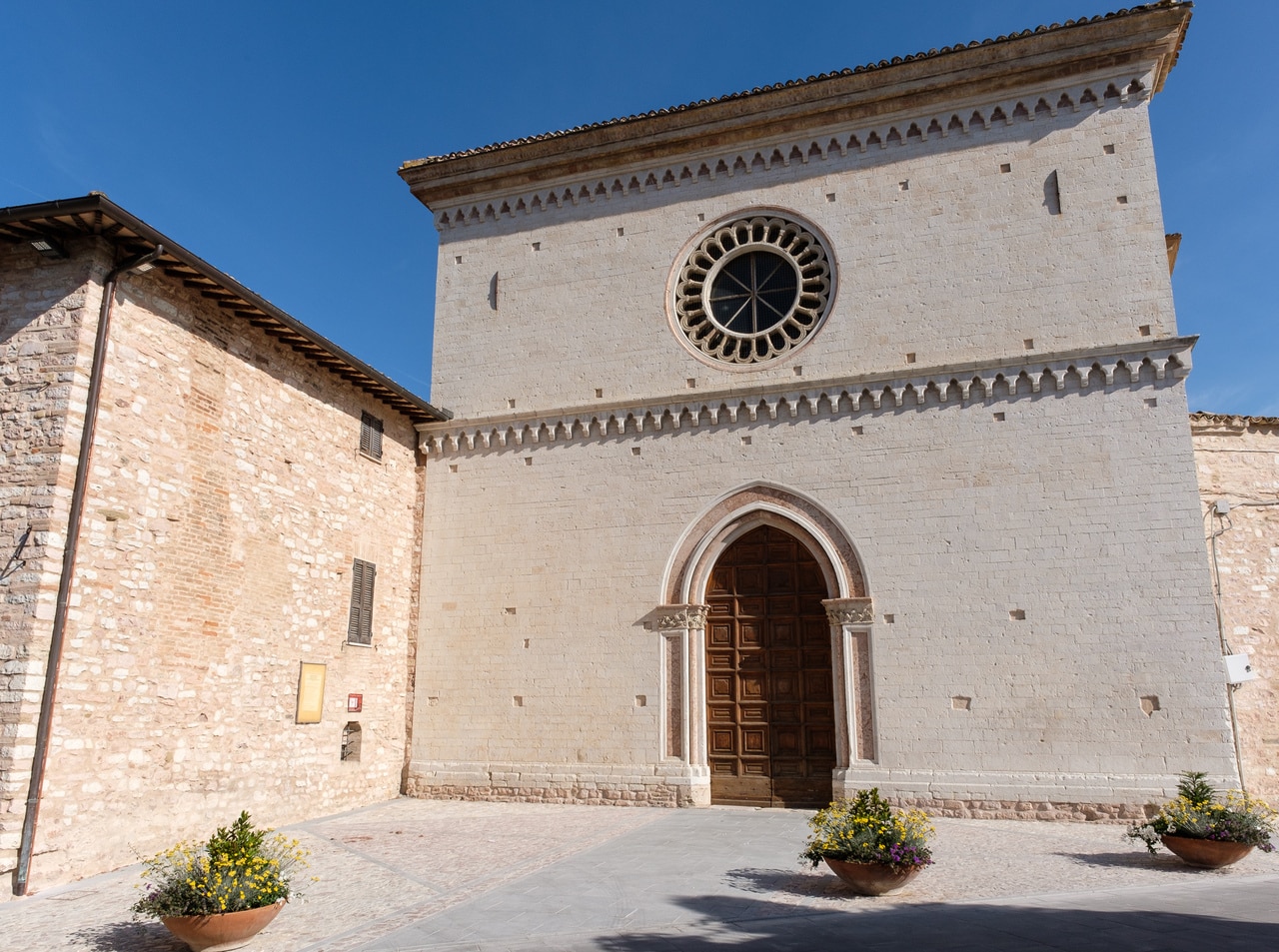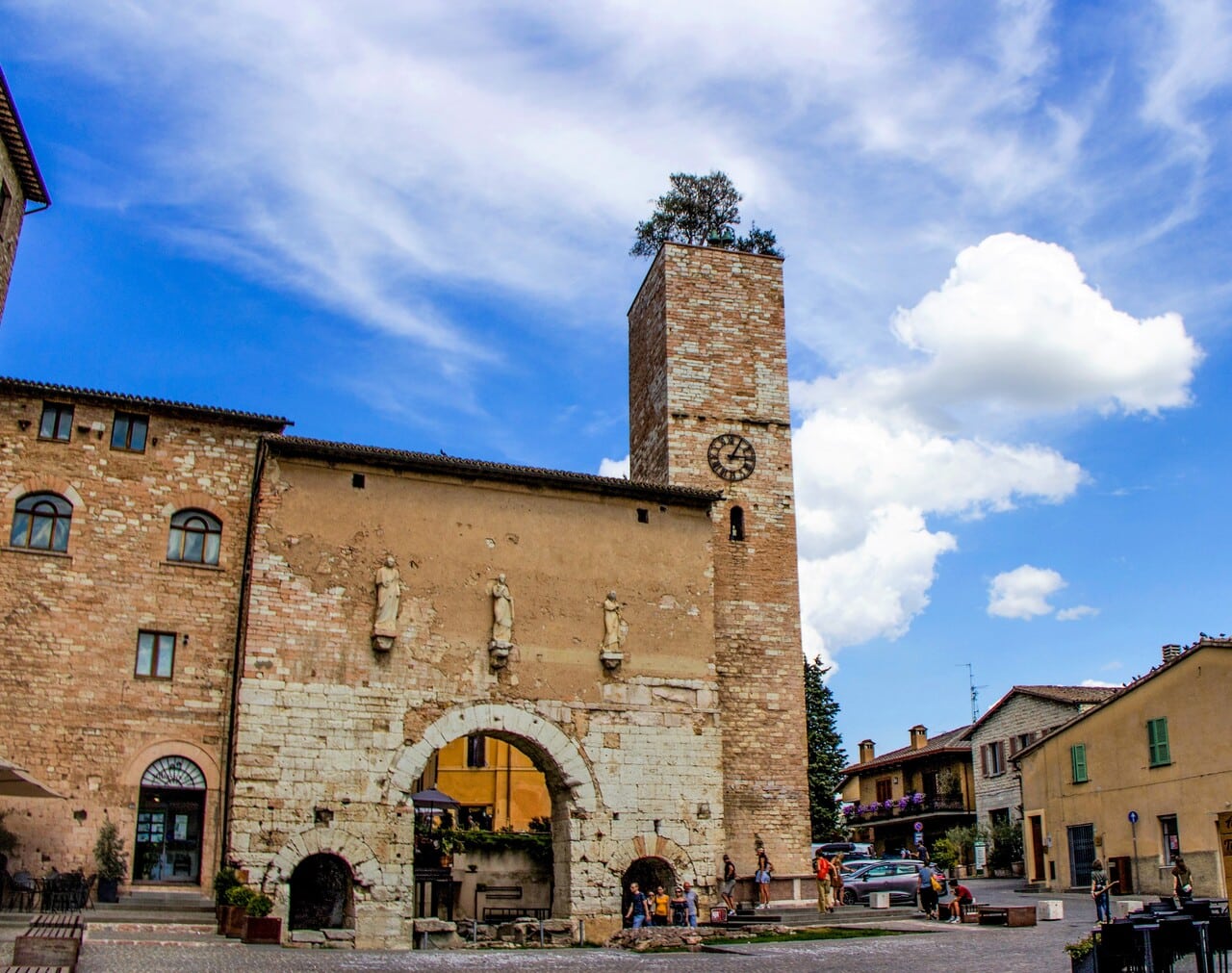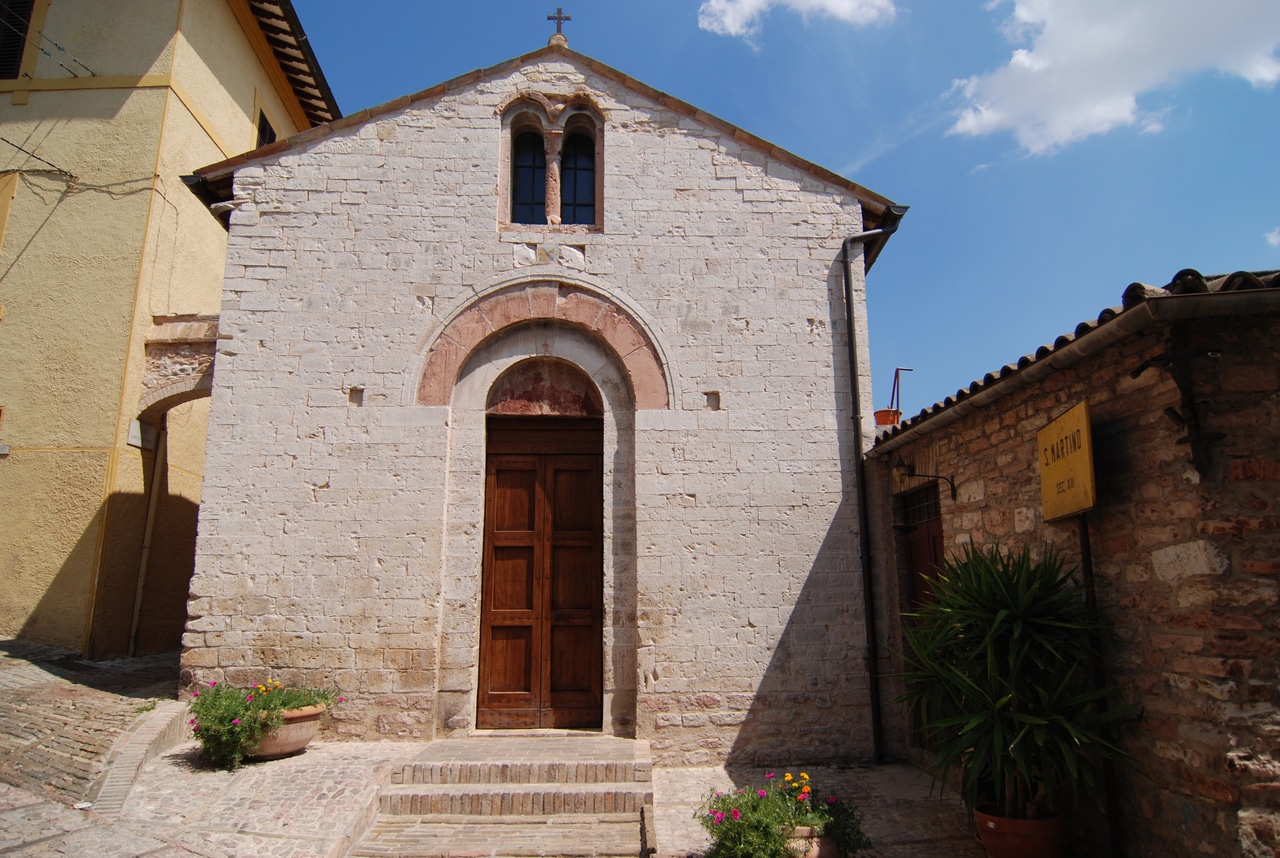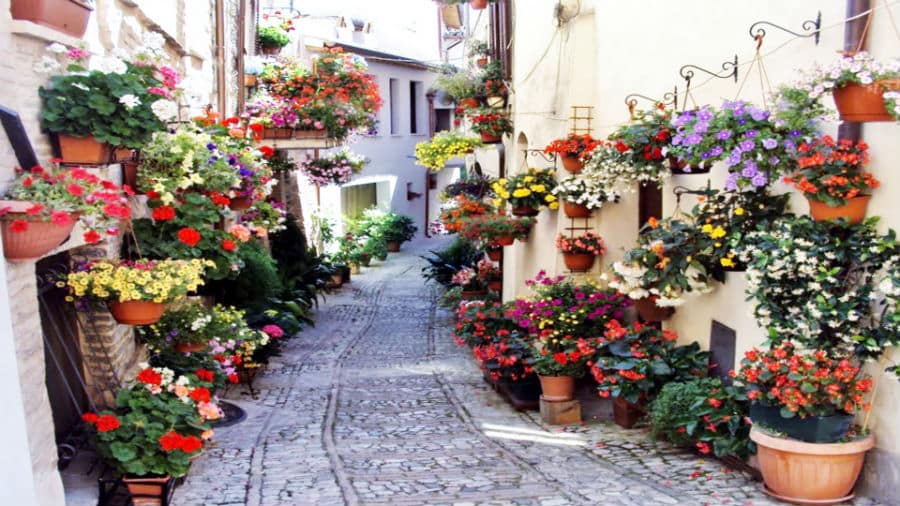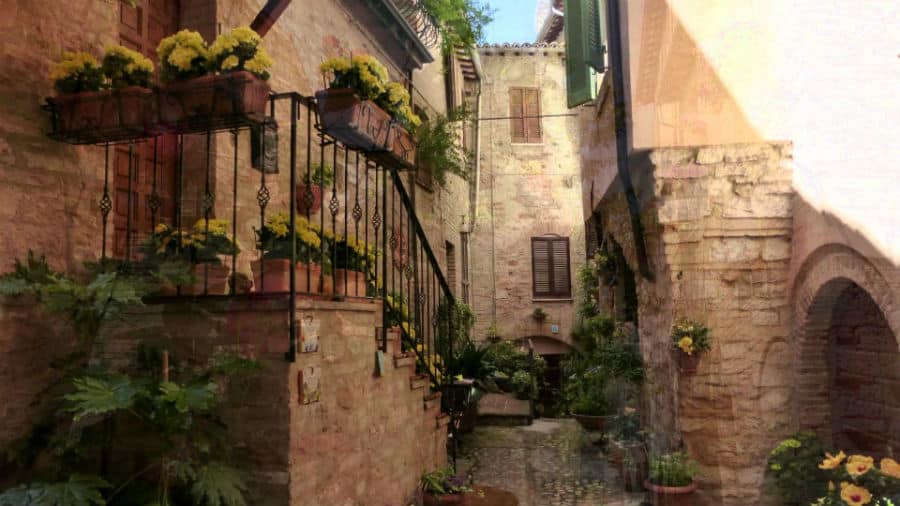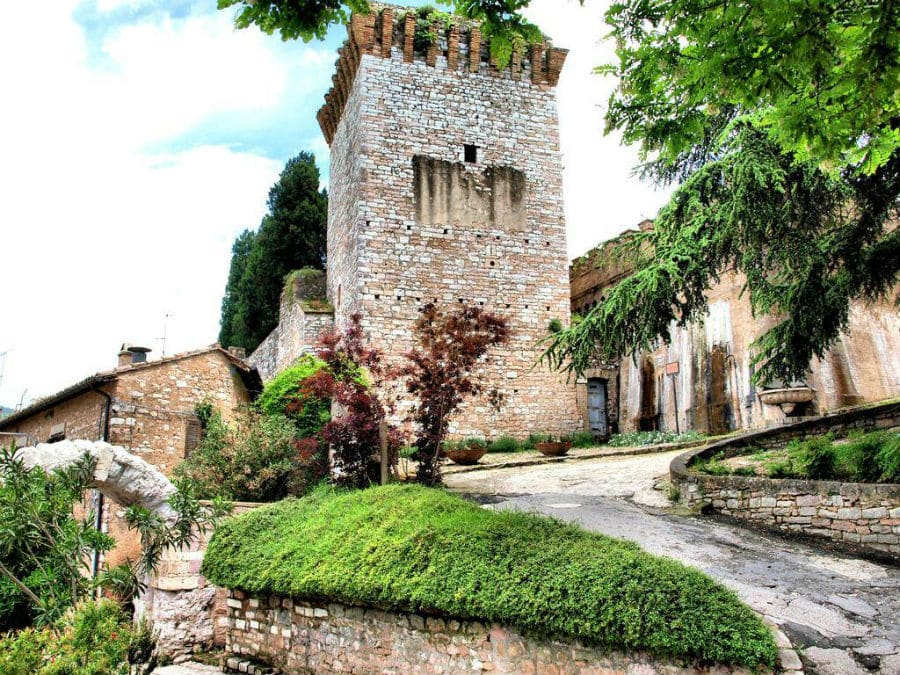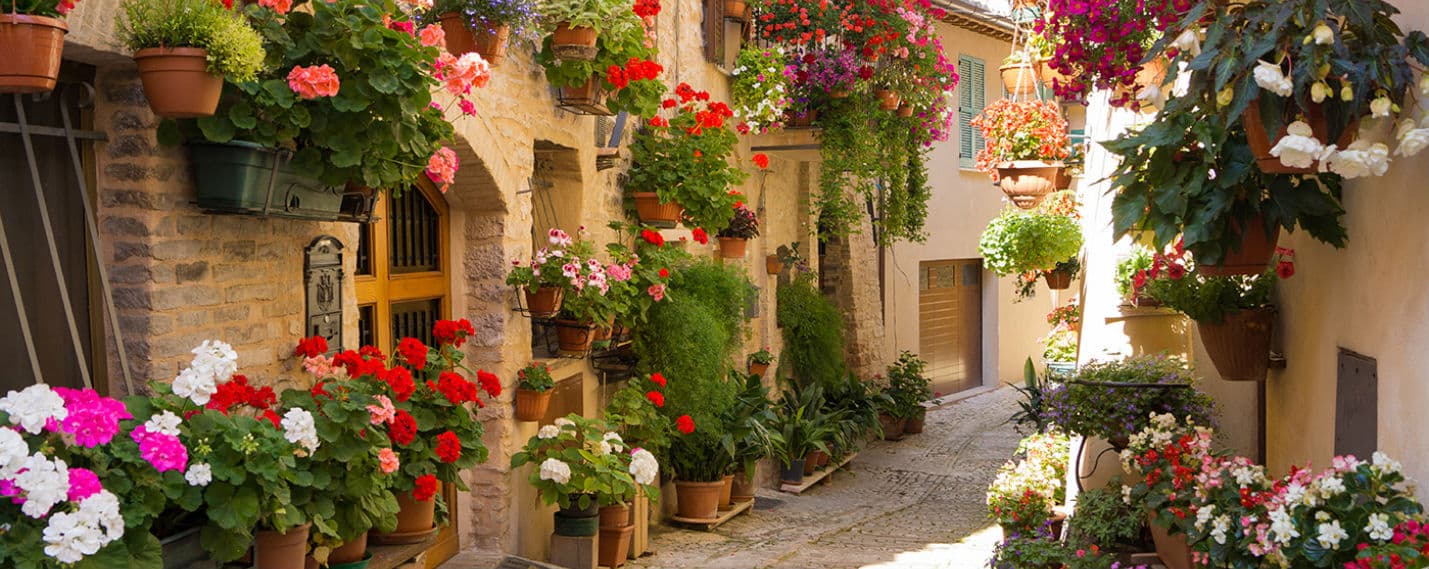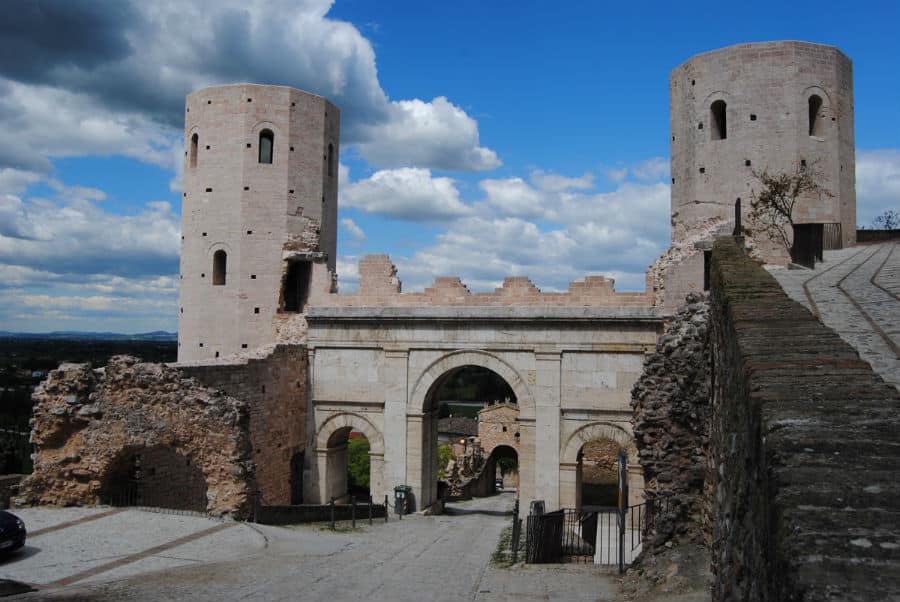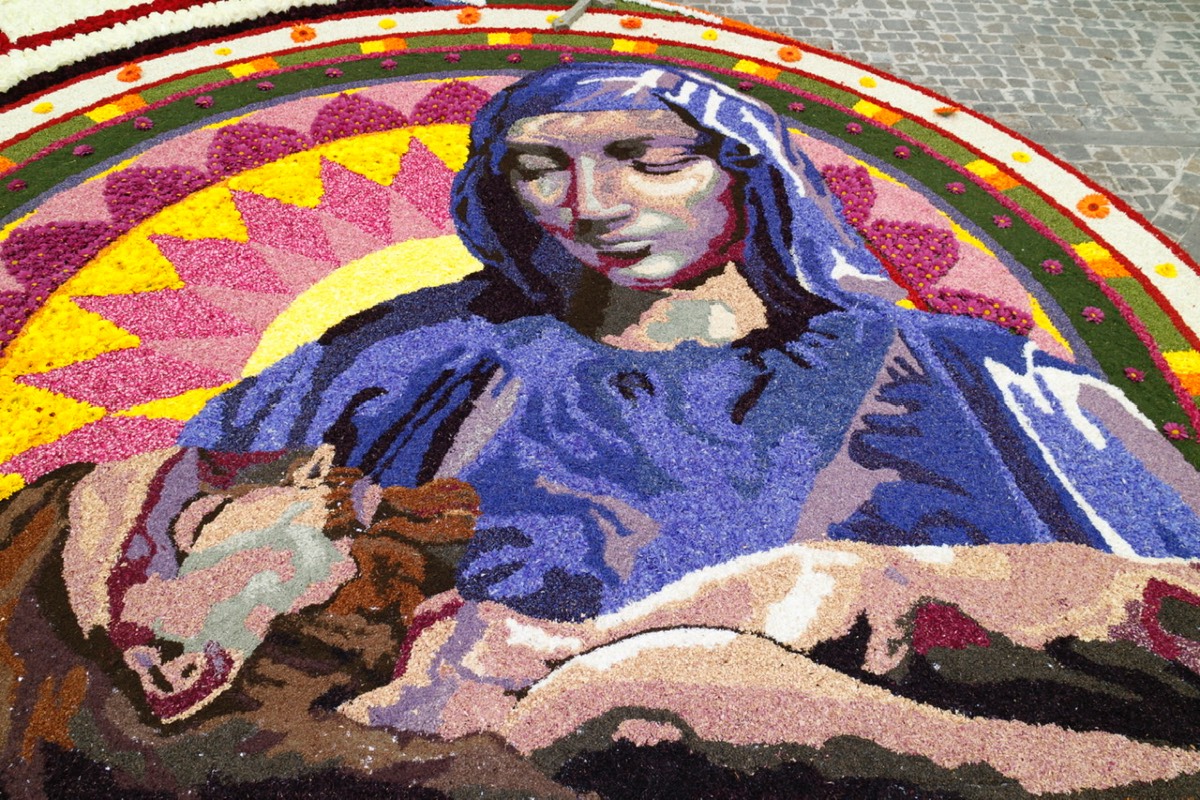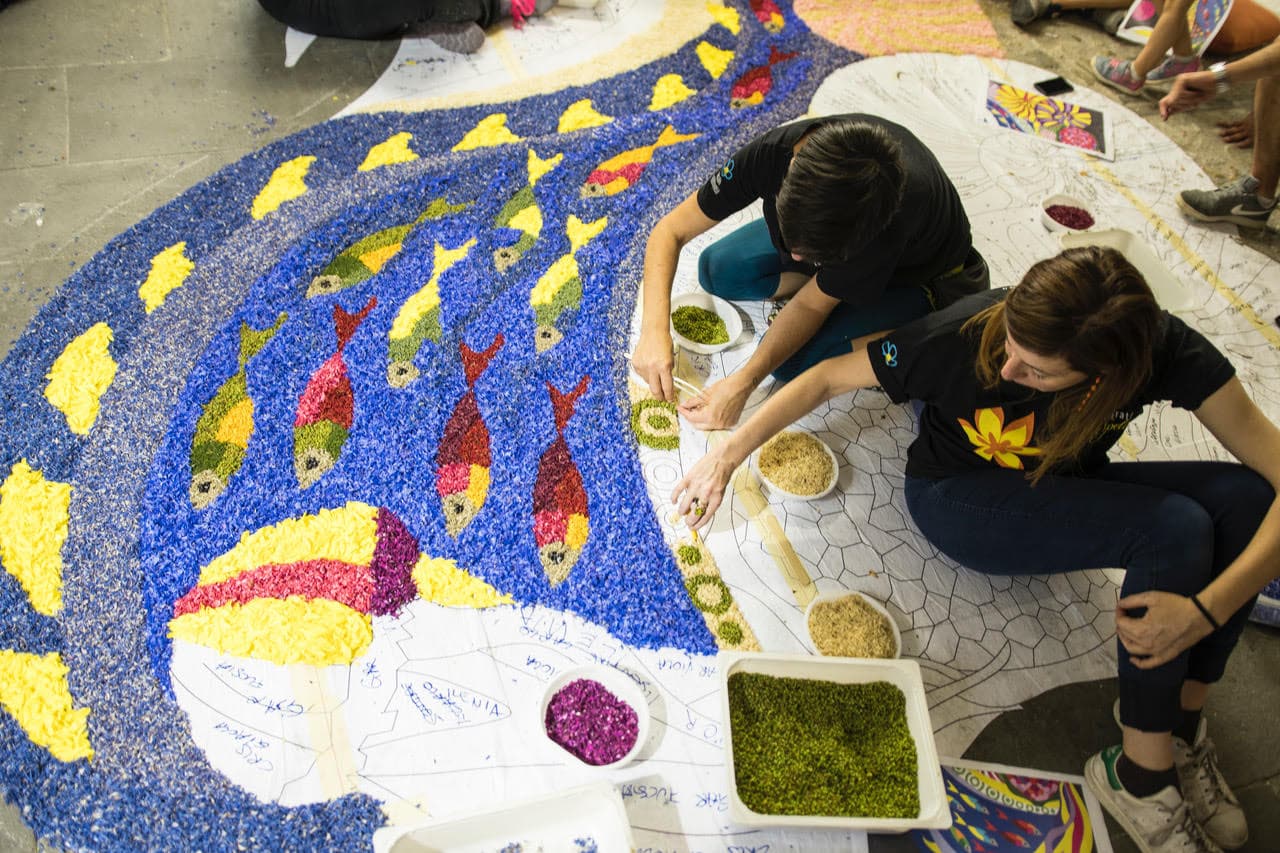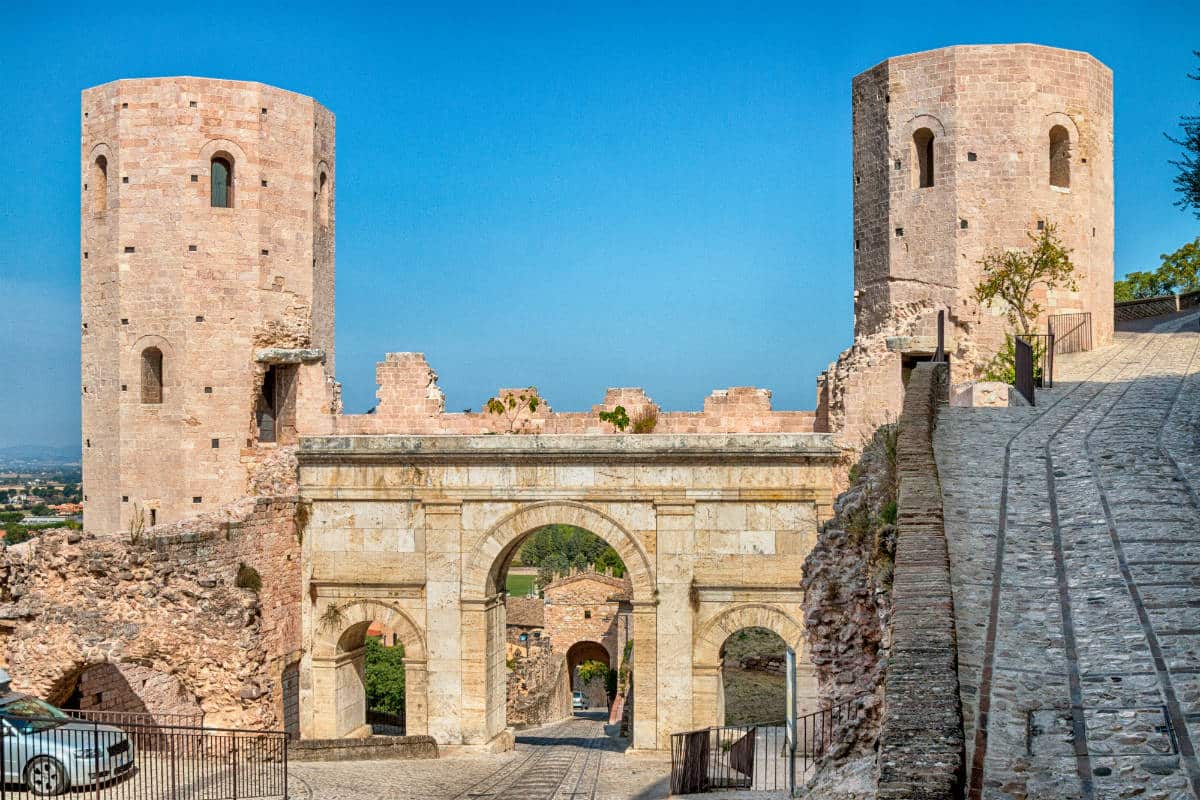Spello, also known as Hispellum in Latin, is a charming little town located in the province of Perugia, Umbria, at the foot of the striking Mount Subasio. This charming Italian village boasts an important historical legacy dating back to the Umbrian, Roman and Lombard eras, with its many artistic and cultural treasures testifying to its rich past.
Originally founded by the Umbrians, Spello acquired the name "Hispellum" during Roman times and was proclaimed "Splendidissima Colonia Julia" by Emperor Augustus. The town still retains signs of its historical roots, with impactful traces still present in the urban landscape.
After the fall of the Roman Empire, Spello was sacked by Totila's Goths and later became part of the Lombard Duchy of Spoleto. In the 12th century, the town became an independent municipality and experienced a period of intense artistic activity. During this time, Spello was enriched by Renaissance masterpieces by the likes of Pinturicchio, Perugino and Nicolò di Liberatore, also known as the Pupil.
Considered one of the most enchanting and strategic towns in Umbria, Spello is a must-see for those wishing to explore this fascinating region. Located just a few kilometers from cities of historical and cultural interest, such as Assisi, Perugia and Spoleto, it offers visitors the chance to immerse themselves in Italian history and culture.
The village overlooks the beautiful Umbrian plain and stretches among centuries-old olive groves, from which a high-quality, fine-tasting oil is produced. A visit to Spello allows one to discover and savor the hidden treasures of this part of Italy, offering an engaging and unforgettable experience to all who decide to walk its cobblestone streets and admire its artistic heritage.
Discovering Spello: places of interest and works of art
Among the wonders of Spello, there are numerous sites of historical and artistic interest to visit. The Church of Santa Maria Maggiore, also known as the collegiate church, is characterized by the presence of the Palazzo dei Canonici--now home to the Pinacoteca Civica di Spello--and the priory palace, the current home of the parish priest. The church, with its single nave and Latin cross plan, boasts a fine floor of Deruta majolica tiles dating from the second half of the 16th century. Inside, there are several chapels of great importance, such as the Baglioni Chapel, frescoed by Pinturicchio, and the Chapel of the Sacrament.
Another noteworthy site is the Tega Chapel, a single rectangular hall that houses decorations by Nicolò di Liberatore, known as the Pupil, including The Crucifixion and frescoes depicting the Evangelists. The aforementioned Pinacoteca Civica di Spello, located in the Palazzo dei Canonici, on the other hand, displays a wide range of works testifying to local artistic production, with frescoes, sculptures, paintings and goldsmithing of great value.
The Church of St. Andrew, dating from 1025, houses the Madonna Enthroned and Saints, a valuable oil-on-board painting by Pinturicchio. Spello is also home to splendid, well-preserved gates of Roman origin that open along the city walls. Notable among these are the Consular Gate-the main entrance to the Roman city-made of Subasian limestone, the Venus Gate with the Propezio Towers, and the monumental Urbica Gate, topped by a small watchtower.
Finally, the Villa of the Mosaics in Spello represents one of Umbria's most extraordinary archaeological discoveries. This Roman villa is famous for its mosaics, which depict human figures, scenes of daily life, wild and mythological animals, as well as geometric decorations and stone carpets. Inside the villa, there are also multimedia installations and fascinating 3-D reconstructions.
The Infiorate of Spello: a colorful and evocative event
One of the most fascinating and world-renowned celebrations is the Infiorate of Spello, which takes place annually on the feast of Corpus Christi. This liturgical solemnity of the Catholic Church is particularly felt by the local population and transforms Spello into a veritable spectacle of colors and scents.
During the Infiorate, Spello's master florists create more than 1,500 meters of "floral carpets" through the skillful use of plant and flower elements, set up along Spello's squares, alleys and narrow streets. These floral carpets create a magical and engaging atmosphere, offering visitors a unique and unforgettable visual experience.
Visitors have the opportunity to follow prearranged routes through the historic alleys of Spello to admire these floral compositions, immersing themselves in the art and culture of one of the most evocative villages of Umbria and Italy. The Infiorate of Spello represent an unmissable event for anyone wishing to discover and fully experience the enchanting and picturesque atmosphere of this charming Umbrian village.


